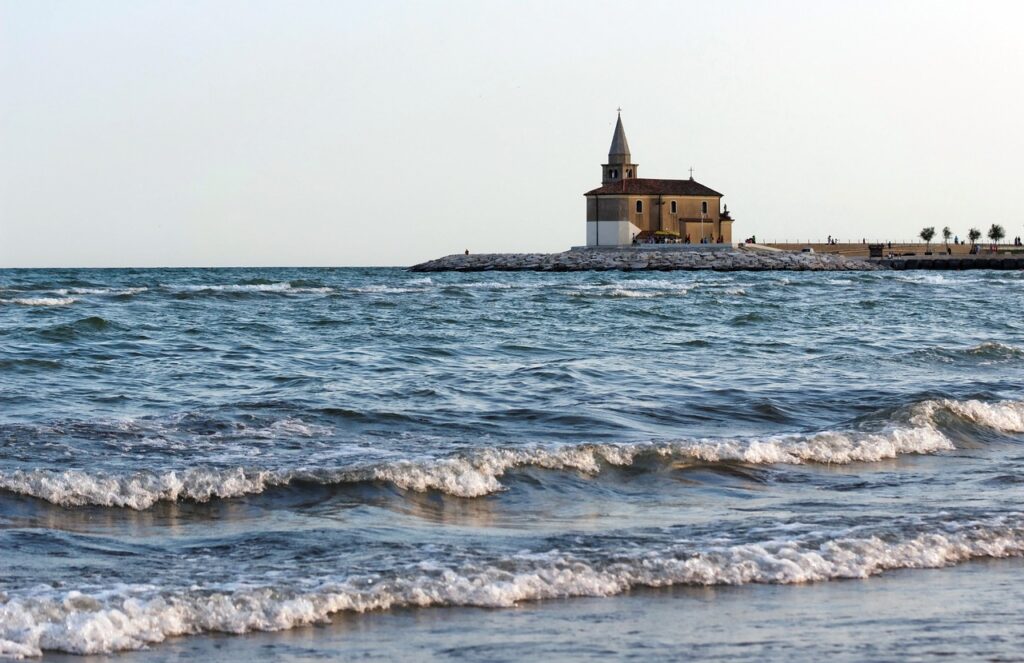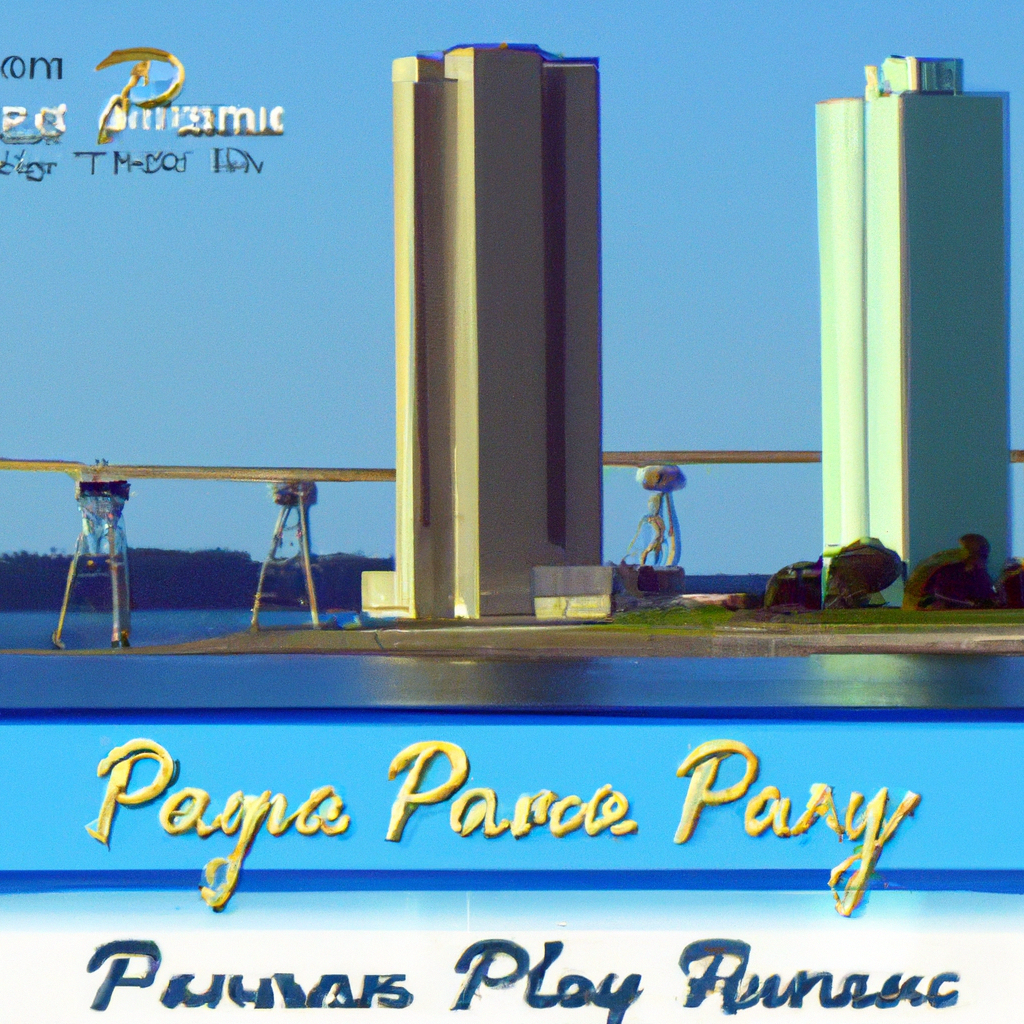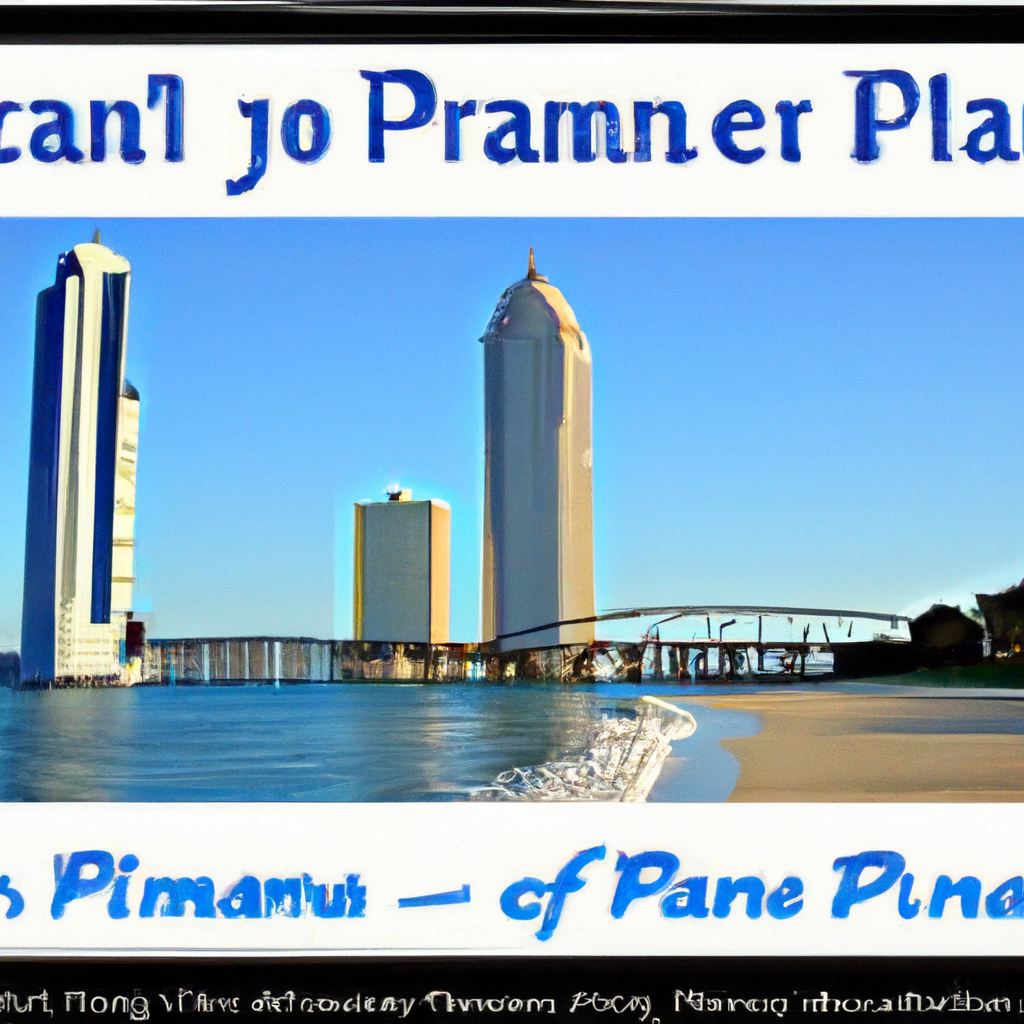So, you’ve probably been to Panama City Beach at least once in your life, right? It’s a popular vacation destination known for its beautiful beaches and vibrant atmosphere. But have you ever wondered about the captivating history that lies beneath the surface? From its humble beginnings as a small fishing village to becoming one of Florida’s most beloved beach towns, Panama City Beach has a fascinating past that you might not be aware of. Let’s take a journey through time and uncover the intriguing history behind this stunning coastal city.

This image is property of pixabay.com.
Native American Presence
Early Inhabitants
Before the arrival of European explorers, what is now known as Panama City Beach was home to various indigenous tribes. These early inhabitants, including the Creek and Seminole tribes, relied on the rich natural resources of the area for their survival. With its pristine beaches, abundant wildlife, and fertile lands, it’s no wonder that the region attracted human settlement thousands of years ago.
Shell Middens
One significant archaeological feature that provides evidence of the Native American presence in the area is the presence of shell middens. Shell middens, also known as shell mounds, are essentially ancient trash heaps comprised of discarded shells, bones, pottery fragments, and other artifacts. These middens serve as a valuable source of information about the lifestyles, diets, and cultural practices of the early inhabitants. They stand as a testament to the long history and rich cultural heritage of the Native American tribes who once thrived in what is now known as Panama City Beach.
Spanish Explorations
Arrival of Spanish Explorers
In the early 16th century, Spanish explorers arrived along the Gulf Coast, including the area where Panama City Beach is located. Led by the likes of Hernando de Soto and Pánfilo de Narváez, these explorers ventured into the region, driven by their desire for wealth and to establish claim on new territories. The arrival of the Spanish marked a significant turning point in the history of Panama City Beach, as it brought about the beginning of European influence in the area.
Exploration of the Gulf Coast
The Spanish explorers were not content with merely arrival in the area; they also set out to map and explore the Gulf Coast. They were particularly interested in the potential for exploiting the abundant natural resources, such as the timber and fish, which would greatly benefit their homeland. These early explorations laid the foundation for future colonization efforts and set the stage for the eventual arrival of British and French forces.

This image is property of pixabay.com.
British and French Influence
Disputes and Control
During the 18th century, the British and French both sought to establish control over the lucrative trade routes and resources in the Gulf Coast region. This led to numerous disputes and conflicts between the two European powers. In 1763, the Treaty of Paris gave the British control over the area, but their reign would be short-lived.
Indigenous Resettlement
Following the American Revolutionary War, Spain reclaimed control over Florida, including Panama City Beach. As part of their efforts to fortify and protect their newly acquired territories, the Spanish relocated some Native American tribes to the region. These tribes included the Creek and Seminole peoples, who had previously inhabited the area.
American Settlement
Early American Settlers
The 19th century witnessed a surge in American settlers moving into the Panama City Beach area. Drawn by the allure of its natural beauty and abundant resources, these pioneers began establishing permanent settlements. They engaged in various economic activities, such as farming, fishing, and timber production, which formed the basis of the local economy. The arrival of these early American settlers laid the groundwork for the development of communities and the shaping of the area’s identity.
Farming and Fishing Communities
As the population grew, Panama City Beach transformed into a thriving hub of farming and fishing communities. The fertile lands were cultivated for crops such as cotton, corn, and tobacco, while the Gulf Coast offered plentiful seafood, including fish, oysters, and shrimp. These industries not only supported the local economy but also contributed to the region’s reputation as a place of bountiful resources.

This image is property of pixabay.com.
Tourism Beginnings
Railway Expansion
The late 19th century brought about significant changes that would pave the way for Panama City Beach’s emergence as a tourism destination. The expansion of railways in Florida connected the area to other parts of the state and beyond, making it more accessible for visitors. This newfound connectivity laid the foundation for future tourism growth and set the stage for the transformation of the area into a desirable vacation spot.
The St. Andrews Bay Development Company
In the early 20th century, the St. Andrews Bay Development Company was established with the intention of promoting the area as a tourist destination. With its efforts to advertise and develop the region, the company played a pivotal role in sparking interest in Panama City Beach as a getaway for tourists from all over. The company’s activities helped lay the groundwork for the future development and growth of the tourism industry in the area.
Development into a Resort Destination
Creation of Panama City
Incorporated in 1909, Panama City served as the hub of development in the region. It became the central location for business, commerce, and residential areas. The establishment of Panama City marked the beginning of a new era – one that would shape the future of Panama City Beach and its transformation into a renowned resort destination.
Formation of Bay County
In 1913, Bay County was established, encompassing the Panama City Beach area. The formation of the county brought about various infrastructure improvements, such as the construction of roads, schools, and public amenities. These developments laid the foundation for the future growth and prosperity of the region.
Panama City Beach as a Vacation Spot
With its stunning beaches, clear turquoise waters, and warm climate, it was only a matter of time before Panama City Beach became a sought-after vacation spot. The area’s natural beauty and recreational opportunities attracted visitors from all over, who flocked to enjoy the sun, surf, and sand. Tourism became a cornerstone of the local economy, and the hospitality industry flourished with the construction of hotels, resorts, and other recreational facilities.

Military Presence
World War II and Tyndall Air Force Base
During World War II, Panama City Beach became home to Tyndall Air Force Base, a strategic military installation. The base played a crucial role in training military personnel and served as a key defense point for the United States. The military presence brought an influx of personnel and their families to the area, contributing to its growth and development.
Naval Support Activity Panama City
In addition to Tyndall Air Force Base, the construction of Naval Support Activity Panama City further solidified the military presence in the region. This naval base supports various research and development efforts for the United States Navy and Coast Guard. The military installations not only provided employment opportunities for local residents but also brought in a steady stream of visitors and contributed to the overall economy.
Destruction and Recovery
Hurricanes and Rebuilding Efforts
Panama City Beach, like many coastal areas, has faced the destructive force of hurricanes throughout its history. Storms such as Hurricane Eloise in 1975 and Hurricane Opal in 1995 caused significant damage to the area. However, the resilience of the community and the determination to rebuild have been instrumental in restoring the vibrant resort destination that Panama City Beach is today. Efforts have been made to enhance infrastructure, implement stricter building codes, and improve disaster preparedness to mitigate the impacts of future storms.

Modern Panama City Beach
Emerald Coast Convention Center
The Emerald Coast Convention Center, opened in 2003, has played a crucial role in shaping Panama City Beach as a destination for conferences, conventions, and trade shows. The state-of-the-art facility attracts a wide range of events throughout the year, boosting the local economy and providing opportunities for businesses to thrive.
Continued Tourism Growth
Panama City Beach’s popularity as a vacation destination has continued to grow in recent years. With its pristine white sand beaches, crystal-clear waters, and a wide array of recreational activities, visitors from all over flock to the area to experience the beauty and excitement it has to offer. The tourism industry remains a significant economic driver, supporting a variety of businesses, from hotels and restaurants to water sports providers and entertainment venues.
Environmental Conservation
Recognizing the importance of preserving the natural beauty and resources that make Panama City Beach so attractive, efforts have been made to promote environmental conservation. Measures have been implemented to protect the delicate coastal ecosystem, including the preservation of dunes, the promotion of sustainable fishing practices, and the establishment of protected areas. These initiatives aim to ensure that future generations can continue to enjoy the pristine beaches and pristine environment that Panama City Beach has to offer.
Conclusion
From its early Native American presence and the arrival of Spanish explorers to its transformation into a thriving resort destination, Panama City Beach has a rich and fascinating history. The area’s diverse cultural influences, natural beauty, and commitment to growth and development have shaped it into the vibrant vacation spot it is today. Whether you’re drawn to its stunning beaches, outdoor recreational opportunities, or vibrant local culture, Panama City Beach offers something for everyone. As you explore this coastal paradise, take a moment to appreciate the history and heritage that have contributed to its unique identity.
